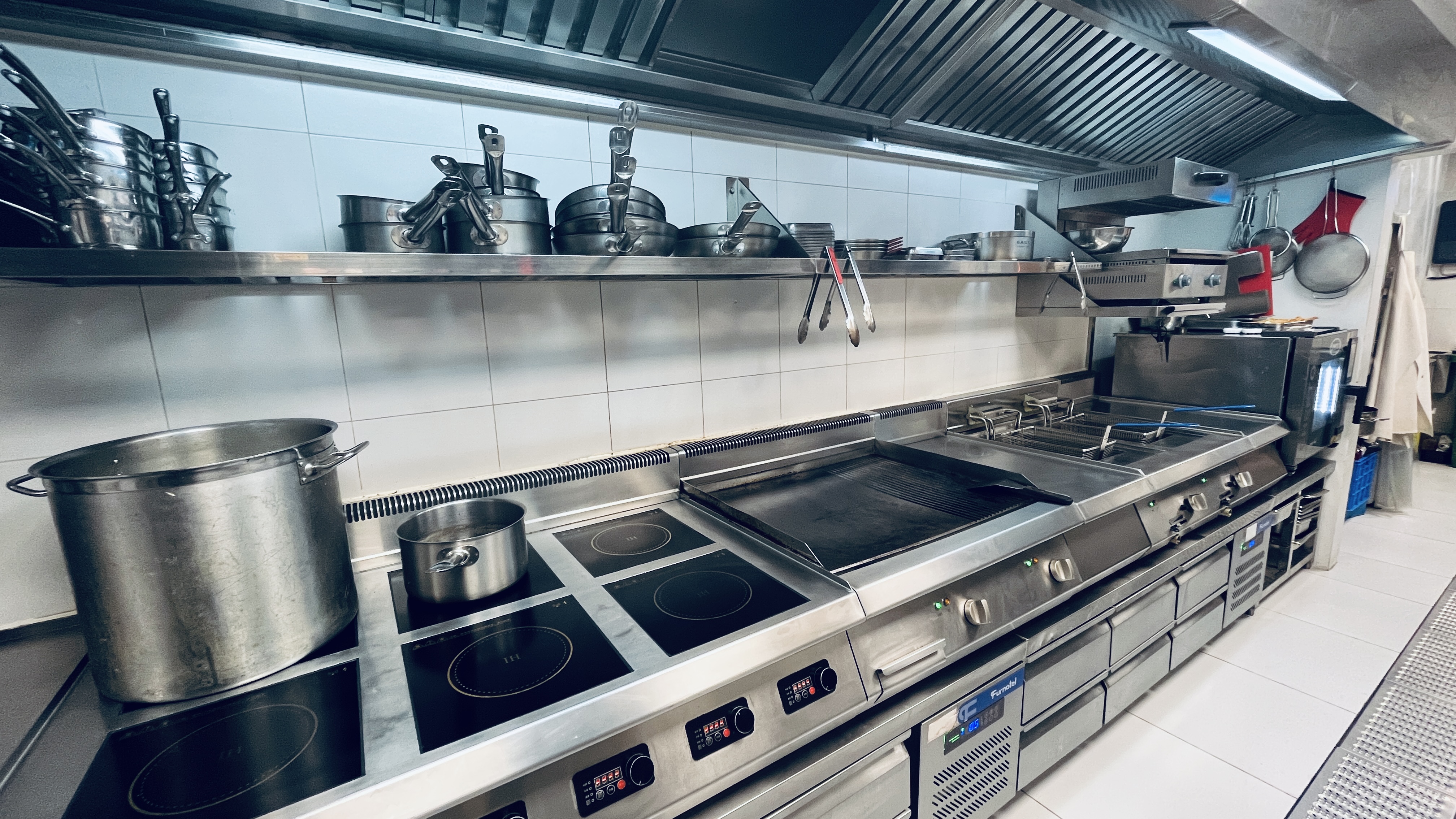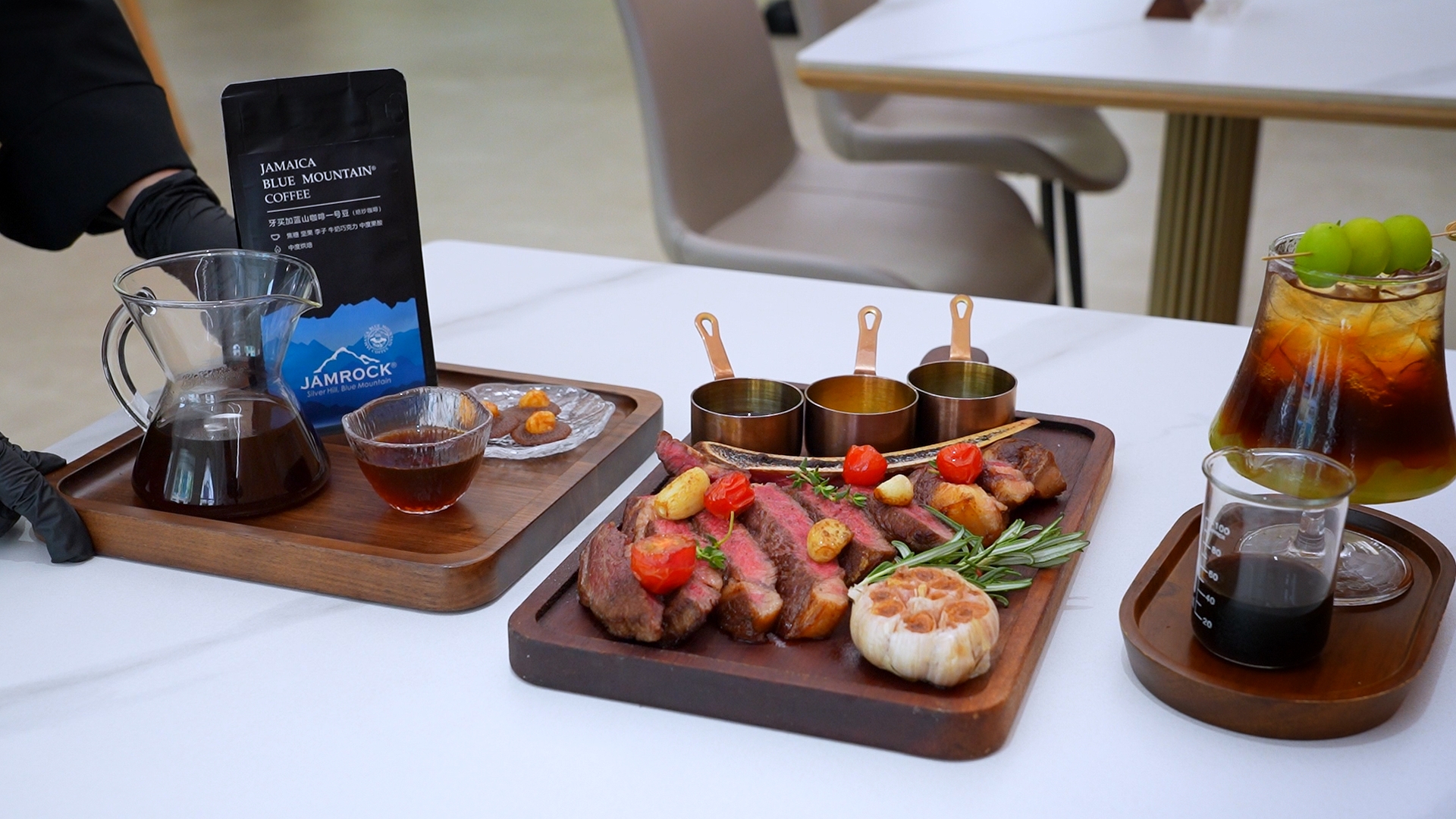The culinary industry around the world has faced significant challenges in recent years, especially in China, with economic fluctuations and changing consumer behavior contributing to a sharp decline.
SHINELONG-A leading supplier of turn-key solutions in the hospitality and catering since 2008.
Navigating the Declining Culinary Industry: What challenges would a restaurant manager or owner face in 2025 ?
The culinary industry around the world has faced significant challenges in recent years, especially in China, with economic fluctuations and changing consumer behavior contributing to a sharp decline.
For aspiring restaurant owners or those seeking to sustain their businesses, understanding the current environment and adapting strategies is crucial. This article explores the factors influencing the industry's decline and provides actionable advice for restaurant owners to navigate these turbulent times.
The Current Culinary Landscape
1. Economic Downturn:
The economic slowdown in China has had a profound impact on consumer spending. Rising living costs and economic uncertainty have led to decreased discretionary spending on dining out. Consumers are increasingly opting for more affordable home-cooked meals, which has resulted in a decline in restaurant patronage.

2. Changing Consumer Preferences:
Modern consumers are becoming increasingly health-conscious and selective about their food choices. The demand for organic, locally-sourced, and healthier food options is rising, while traditional, indulgent dining experiences are losing appeal. Additionally, the convenience of food delivery services has altered dining habits, with more people choosing to enjoy restaurant-quality food at home rather than visiting physical establishments.
3. Increased Competition:
In a competitive market, providing an exceptional customer experience is critical. This encompasses more than just the food—it includes the ambiance, service, and overall dining experience. Personalizing interactions, such as remembering regular customers' preferences, can foster loyalty and encourage repeat business.
4. Optimize Costs and Operations:
Effective cost management is crucial in a challenging economic environment. Review your supply chain, negotiate with suppliers, and reduce waste to lower costs without sacrificing quality. Consider adopting a lean operational model, such as streamlining your menu or optimizing staff schedules, to improve efficiency and reduce overhead.

5. Explore New Revenue Streams:
Diversifying revenue streams can help mitigate risks. Consider offering catering services, selling branded products, or creating meal kits for customers to prepare at home. Partnerships with delivery platforms or other local businesses can also open up new opportunities.

6. Strengthen Community Ties:
Building strong relationships within your community can foster a loyal customer base. Engage with local events, support community initiatives, and create a welcoming atmosphere that resonates with local residents. Being viewed as a community hub can increase your restaurant's visibility and patronage.
The culinary industry in China is facing significant challenges, but with thoughtful planning and strategic adjustments, restaurant owners can navigate this difficult period successfully. By embracing innovation, leveraging technology, and focusing on the customer experience, restaurants can not only survive but also thrive in the evolving culinary landscape. For those looking to enter the industry, understanding these dynamics and being prepared to adapt will be key to long-term success.

Since Shinelong was established in Guangzhou in 2008, we have made great strides in the fields of commercial kitchen planning and kitchen equipment manufacturing.
IF YOU HAVE ANY QUESTION,PLEASE CONTACT US.
WhatsApp: +8618902337180
WeChat: +8618924185248
Telephone: +8618924185248
Fax: +86 20 34709972
Email: info@chinashinelong.com
After-Sales Contact
Telephone: +8618998818517
Email: service@chinashinelong.com
Add: No. 1 Headquarters Center, Tian An Hi-tech Ecological Park, Panyu Avenue, Guangzhou, China.


















